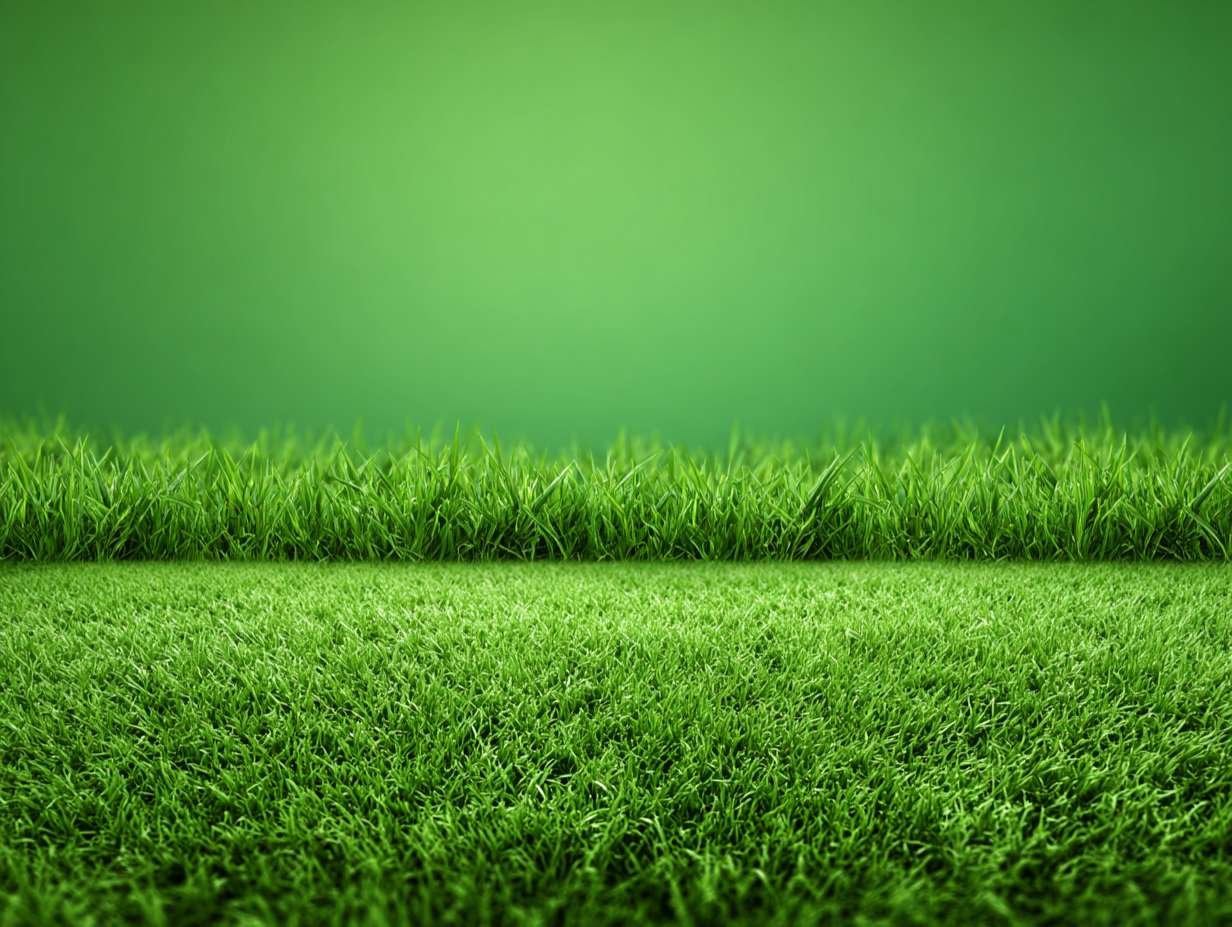
Is an East-Facing Garden Good? UK Gardening Guide
Discover the benefits and tips for making the most of an east-facing garden, with planting and design ideas for UK outdoor spaces.
Is an East-Facing Garden Good? A Bright Perspective for UK Gardeners
Choosing or understanding your garden’s orientation can shape how you plan and enjoy your outdoor space. An east-facing garden, catching the gentle morning sun and shade in the afternoon, offers a unique set of advantages and considerations. For UK gardeners, knowing what to expect from an east-facing garden helps you make the most of your plants, seating areas and overall garden design. Let’s explore whether an east-facing garden is good and how to maximise its potential.
Benefits of an East-Facing Garden
East-facing gardens enjoy the soft, refreshing light of the morning sun, which can be especially pleasant during spring and summer. Morning sunshine helps dry dew and dampness early, reducing the risk of mildew and encouraging healthy plant growth.
Because these gardens get shade in the afternoon, they tend to stay cooler during the hottest part of the day. This can make your outdoor space more comfortable on warm summer afternoons, perfect for relaxation or entertaining without intense glare or heat.
Early sun-loving plants and bulbs thrive in east-facing gardens, making mornings a colourful and lively time.
Considerations for Planting
Some plants prefer full sun throughout the day, so an east-facing garden may require choosing species that tolerate or prefer partial sun and shade. Many flowering perennials, herbs and vegetables grow well with morning sun and afternoon shade, such as foxgloves, columbines, hostas, and lettuces.
Shadier areas in the afternoon provide ideal spots for shade-loving plants, ferns and ground covers, adding diversity to your garden.
Design Tips to Maximise an East-Facing Garden
Place seating areas where they catch the morning sun but benefit from shade later on, creating comfortable spots to enjoy breakfast or early tea.
Use reflective surfaces like light-coloured paving, white walls or mirrors to brighten shady corners.
Incorporate deciduous trees or pergolas with climbing plants to provide seasonal shade and filtered light.
Managing Moisture and Soil
East-facing gardens can retain moisture longer in shaded areas, so ensure good soil drainage and avoid waterlogging.
Mulching helps retain soil moisture during drier spells while suppressing weeds.
Seasonal Variations
In winter, east-facing gardens may feel cooler as the sun is lower and the afternoon shade longer. Adding evergreen shrubs or structures can add warmth and shelter.
Spring mornings bring welcome warmth that encourages early blooms, making the garden lively and inviting.
Final Thoughts on East-Facing Gardens
An east-facing garden offers a lovely balance of morning light and afternoon shade, well-suited to a variety of plants and outdoor activities. With thoughtful planting and design, it can be a comfortable, colourful and inviting space throughout the year. Understanding its unique character lets you create a garden perfectly tailored to your lifestyle and local UK conditions.
